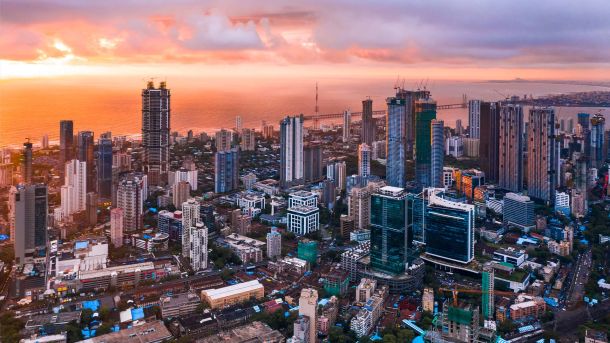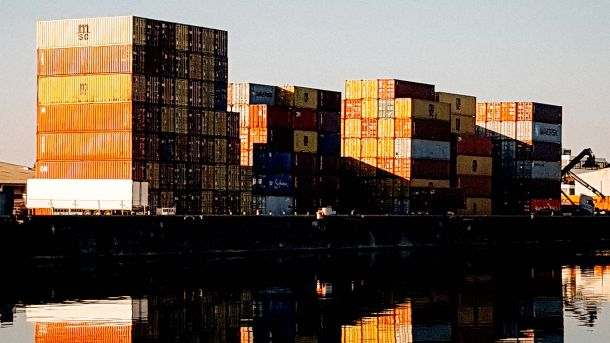Producer Price Inflation

Producer price inflation eased further in July, mainly due to a slowdown in fuel costs (petrol and diesel). The category covering all fuels, including coke, petroleum, chemical, rubber, and plastic products, saw price growth drop from 5.8% in June to just 1.6% in July. This decline led to a greater reduction in overall producer inflation than many analysts anticipated. Additionally, production costs for food and beverages moderated, with annual increases slowing from 4.0% in June to 3.5% in July.
However, administered prices, such as those for electricity and water, continued to rise. Electricity prices, in particular, are contributing to price increases in this segment. With a 36% increase in electricity prices expected in the next financial year, producer prices could rise further if approved by Nersa. Since producer price inflation often precedes consumer price inflation, the recent slowdown in producer prices is promising for overall consumer inflation expectations and could influence potential interest rate cut decision in the short to medium term.





